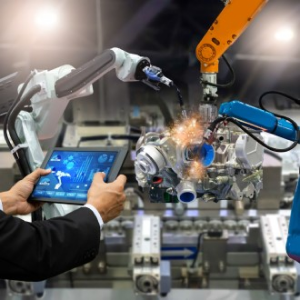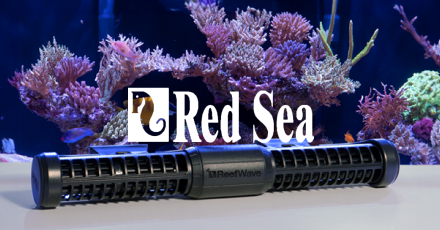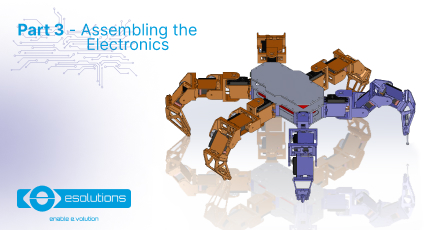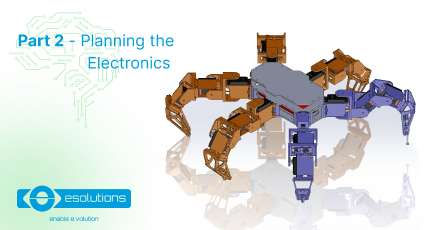From Idea to Prototype. From Prototype to Production
For product design, success depends on a number of factors among which we can mention ergonomics, aesthetics, and material selection. When it comes to hardware, our dedicated team of mechanical, electrical, and packaging design specialists take the lead, with the mission to craft a singular design that aligns with all overarching criteria.
For electronics and PCB design, the selection of components that align with product requirements and desired functions is paramount. This includes tasks such as creating block diagrams, schematic diagrams, component selection, calculating current consumption, and choosing the appropriate power supply.
Besides mechanical and electronics design, our core strengths lie in embedded software, custom firmware development, and real-time applications. Programmed directly onto hardware chips, our software optimizes device functionality, whether for edge computing on IoT devices or for seamless integration with cloud computing.
We follow a comprehensive approach that places a strong emphasis on precision and accuracy at every stage of the system integration and implementation. Our process initiates with rapid prototyping, a critical phase dedicated to market testing and validating the feasibility of our concepts. This allows us to swiftly assess and refine our ideas, ensuring the final product aligns perfectly with your project expectations.
Our Services
- Research and Development for Prototypes
- Hardware Design
- PCB Circuit Design & Board Design
- Custom Firmware Development
- Real-Time Application
- IoT Cloud Integration
- Hardware Consulting
- Technical Audit























